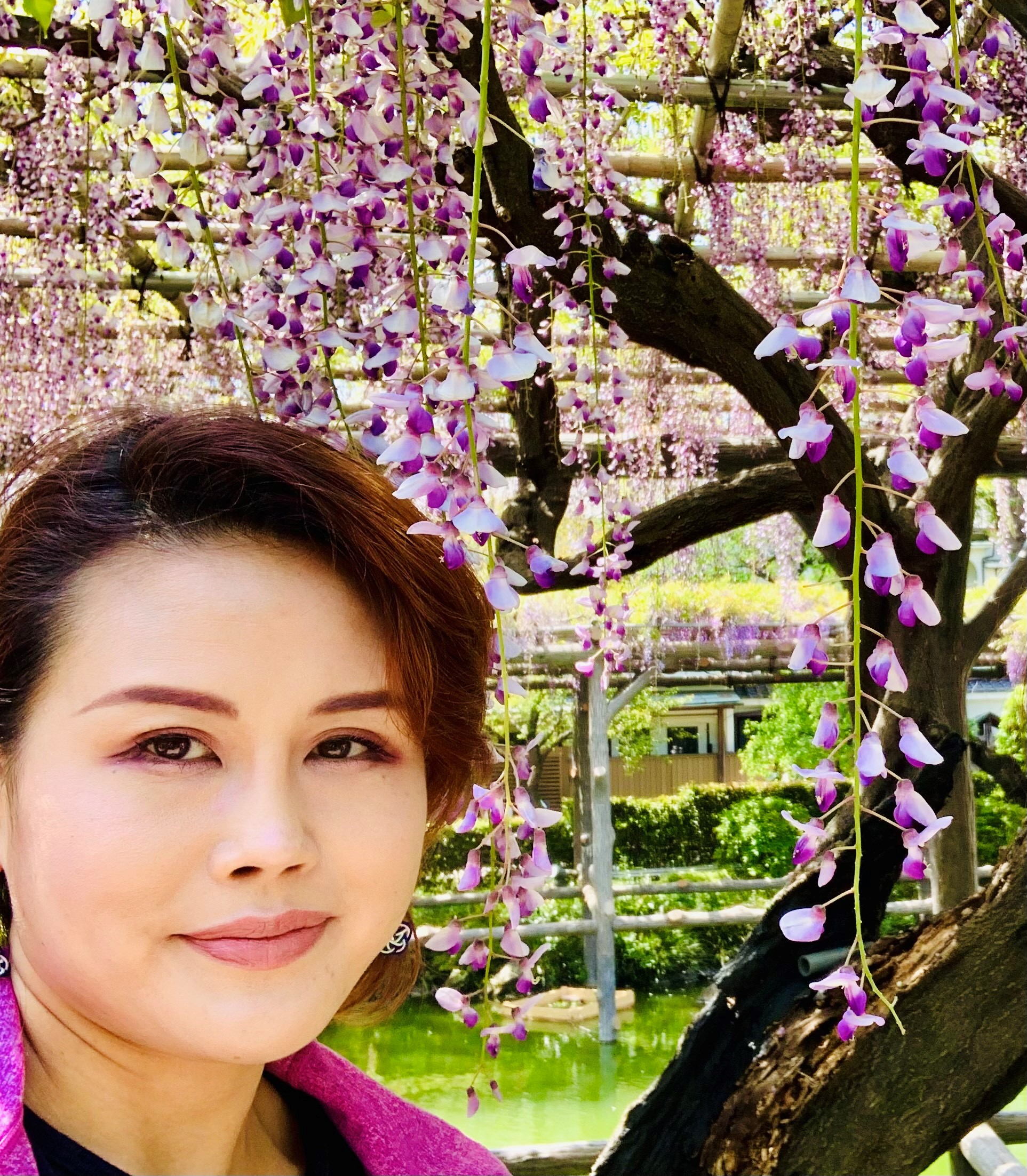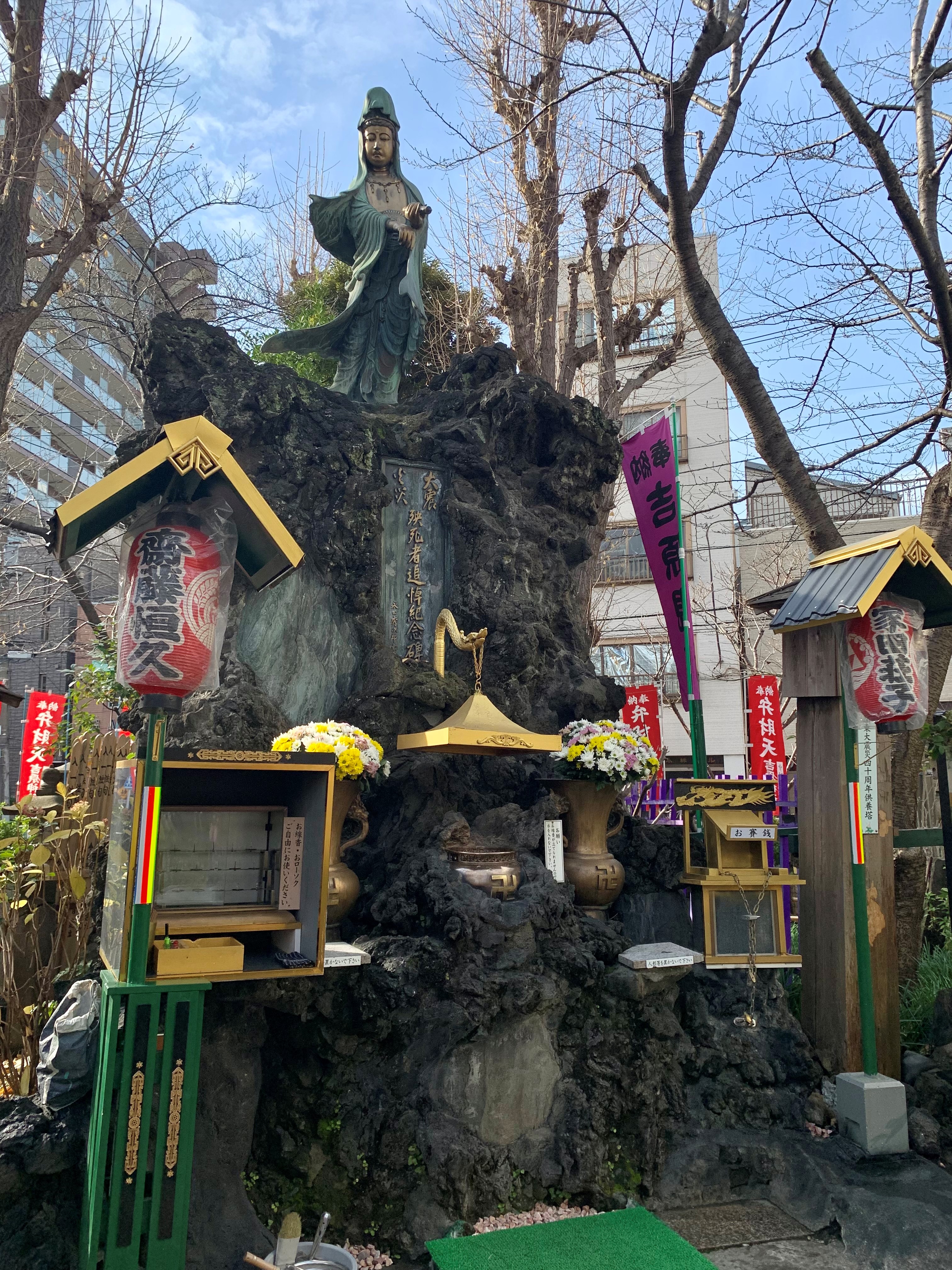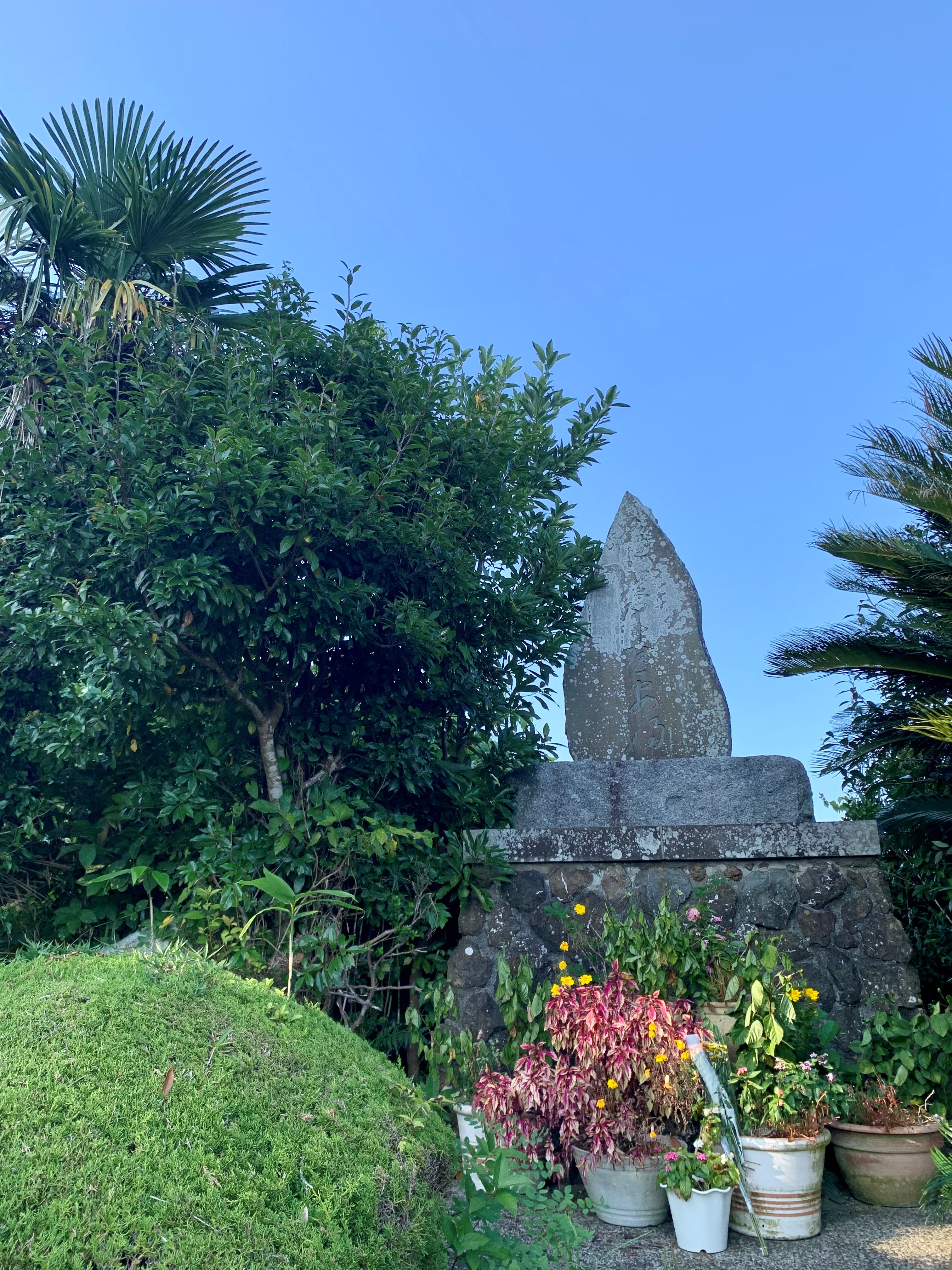Graduate Spotlight: Aoi Saito
 Saito writes about the mutual-aid networks that Tokyo prostitutes formed in mid-twentieth century Japan.
Saito writes about the mutual-aid networks that Tokyo prostitutes formed in mid-twentieth century Japan.
I am a fourth year Ph.D. student in the history department, and I’m writing a dissertation that examines how and why Japanese prostitutes involved in Tokyo’s sex trade from 1925 to 1965 created networks among themselves for community welfare, then later used those networks to earn government support. The term “prostitute” remains stigmatized, but this term better illustrates their motivation for collective actions: to accumulate enough capital and marry or move to a less risky and stigmatized job than prostitution.
Most academic work focuses on prostitutes’ relationships with men, but I am interested in how these women cooperated with one another, navigated discrimination and challenges in their daily lives, presented their ability to support themselves, and eventually influenced government welfare policies. Ultimately, I hope to show how women with stigmatized work engage in politics in order to improve their lives.
The experiences of Tokyo prostitutes have been recorded in newspapers, memoirs, and photos produced by prostitutes, in addition to conventional sources such as media and official documents. Japan is a great place to find these records because it has had a high rate of literacy and amazing recordkeeping practices. My historical actors left behind rich archival evidence that reveals the details of ordinary people’s lives, including those of prostitutes. I’ve also been able to make use of oral interviews with women who worked in the trade to investigate how they remember and tell their experiences.
I’ve been surprised by how much primary sources produced by working women can tell us! First, a group of Tokyo prostitutes published a newspaper as part of their community activities. The columns include knowledge about hygiene, beauty tips, and popular movies, allowing me to observe what kind of topics these women paid close attention to. Moreover, the newspaper contains poems and short stories created by community members or reports on leisure events for the members, such as comedy shows and ping pong games.
Archival materials also allow me to analyze how women initiated and developed their relationships with one another. Interviews with women who were involved in the sex trade reveal the challenging side of women’s collaboration. For example, one interviewee said that she did not know anybody who sold or was forced to sell sex in her town at the time. This statement demonstrated that women who catered to rich clientele had little connection with those who served working-class men, suggesting why women’s organizations did not develop in some districts. While women working for affluent customers distinguished themselves from other working women, their speech disclosed how they were unable to leave the occupation because their fate heavily relied on intimate connections with their patrons. As I continue to write my dissertation, I will carefully detail these various experiences and connections that linked the women I write about.
I’ve been able to do my research thanks to different fellowships and grants. I’m really grateful for the support of a dissertation fellowship from the Sexuality Project at Northwestern (SPAN), and the Aaron Hochstein Fellowship from the history department, which have funded my research in Japan. I’ll be here until September, and then I’ll be back to Evanston to finish writing my dissertation with all of these fascinating sources. Stay tuned for more!


On right: Stone monument in Chiba, set up by a woman who worked as a geisha & comfort woman in mid-20th century to lament womens' sufferings.
